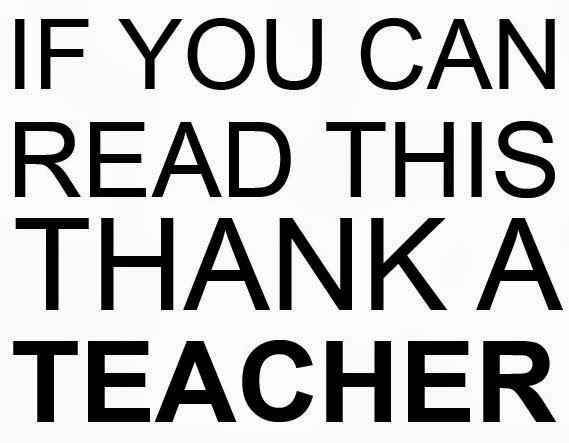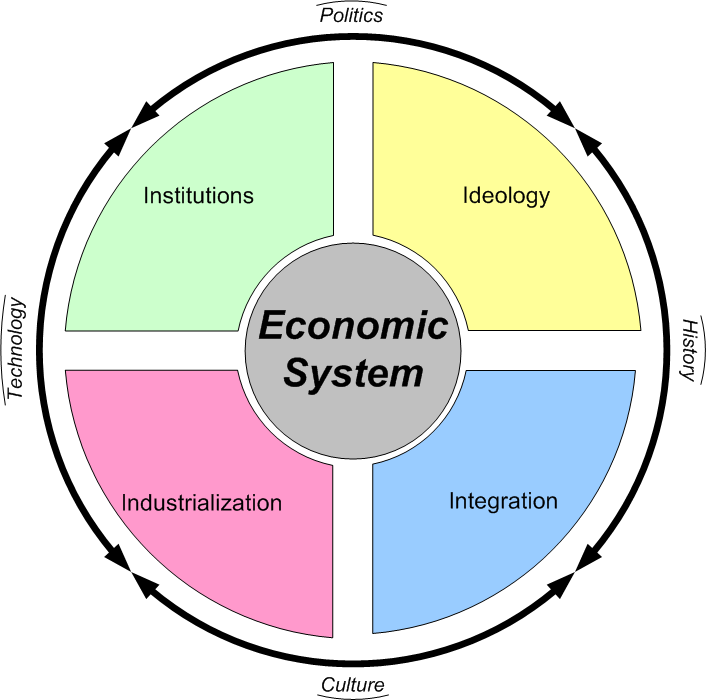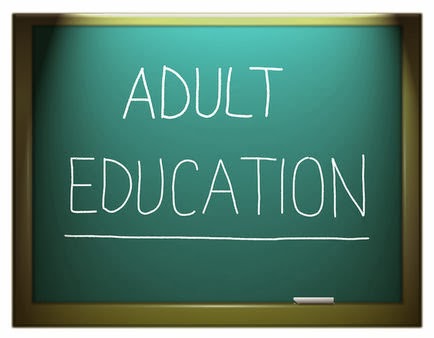About 61 million children in the world do not have access to primary education. As per estimation, we need about 1.7 million teachers to get every child into school. Of which, there is a requirement for 1 million trained teachers in the African continent alone.
Global Campaign for Education
Last year’s Global Campaign for Education addressed the issue of poor teacher resources against the demand for education for all. The campaign was called ‘Every Child Needs a Teacher’ that sent across the message for “well-trained and well-supported” teacher for every child.
Aim of the Global Campaign for Education
The aim of the campaign was to uphold every child’s right to quality education by focusing on the huge need for the teachers and the ways to tackle the issue. Apart from the problem of shortage of teachers, the problem of low-quality teachers is another big concern. The overall situation is a definite hinder to the goals regarding Education for All.
Thus, the campaign was aimed at increasing the number of trained teachers that can lead to quality education for all. To achieve this, the campaign was focused on targeting strategic areas such as financing policy, teacher management, and teacher training. The campaign was also targeted the need for gender equity in the teaching profession to enhance gender equality in schooling.
NRC's Alternative Basic Education (ABE) Program
To provide a second chance to the children who were abandoned from primary school education in Somaliland, the Norwegian Refugee Council (NRC), a humanitarian, non-governmental organization, has established the Alternative Basic Education (ABE) Program.
Through this program, the NRC has worked to enhance the learner friendly pedagogical skills of the teachers in Somaliland where only 28% of primary teachers are qualified to teach. The NRC has supported the non-formal and untrained formal education teachers with in-service training, and school based mentoring and coaching activities.
The participant teachers of the program were qualified as teachers. This program made a significant contribution in increasing the teaching force under the Ministry of Education of Somaliland.
The initiatives by NRC have also strengthened the capacity of the Ministry of Education in Somaliland by developing a unified Teacher Education Curriculum, a National Teacher Education Policy, and a Teacher’s Code of Conduct that has been approved and translated into Somali Language.
Source: http://www.getteachered.com/blogs
Through this program, the NRC has worked to enhance the learner friendly pedagogical skills of the teachers in Somaliland where only 28% of primary teachers are qualified to teach. The NRC has supported the non-formal and untrained formal education teachers with in-service training, and school based mentoring and coaching activities.
The participant teachers of the program were qualified as teachers. This program made a significant contribution in increasing the teaching force under the Ministry of Education of Somaliland.
Exclusive Training For Female Teachers
As part of the program, the NRC has also worked with the pre-service training that enabled opportunity for secondary school teachers to get trained at Universities and Teacher Training Institutions in 2-year certified teacher training programs. This program was aimed at increasing the portion of qualified female teachers.The initiatives by NRC have also strengthened the capacity of the Ministry of Education in Somaliland by developing a unified Teacher Education Curriculum, a National Teacher Education Policy, and a Teacher’s Code of Conduct that has been approved and translated into Somali Language.
Source: http://www.getteachered.com/blogs
























































